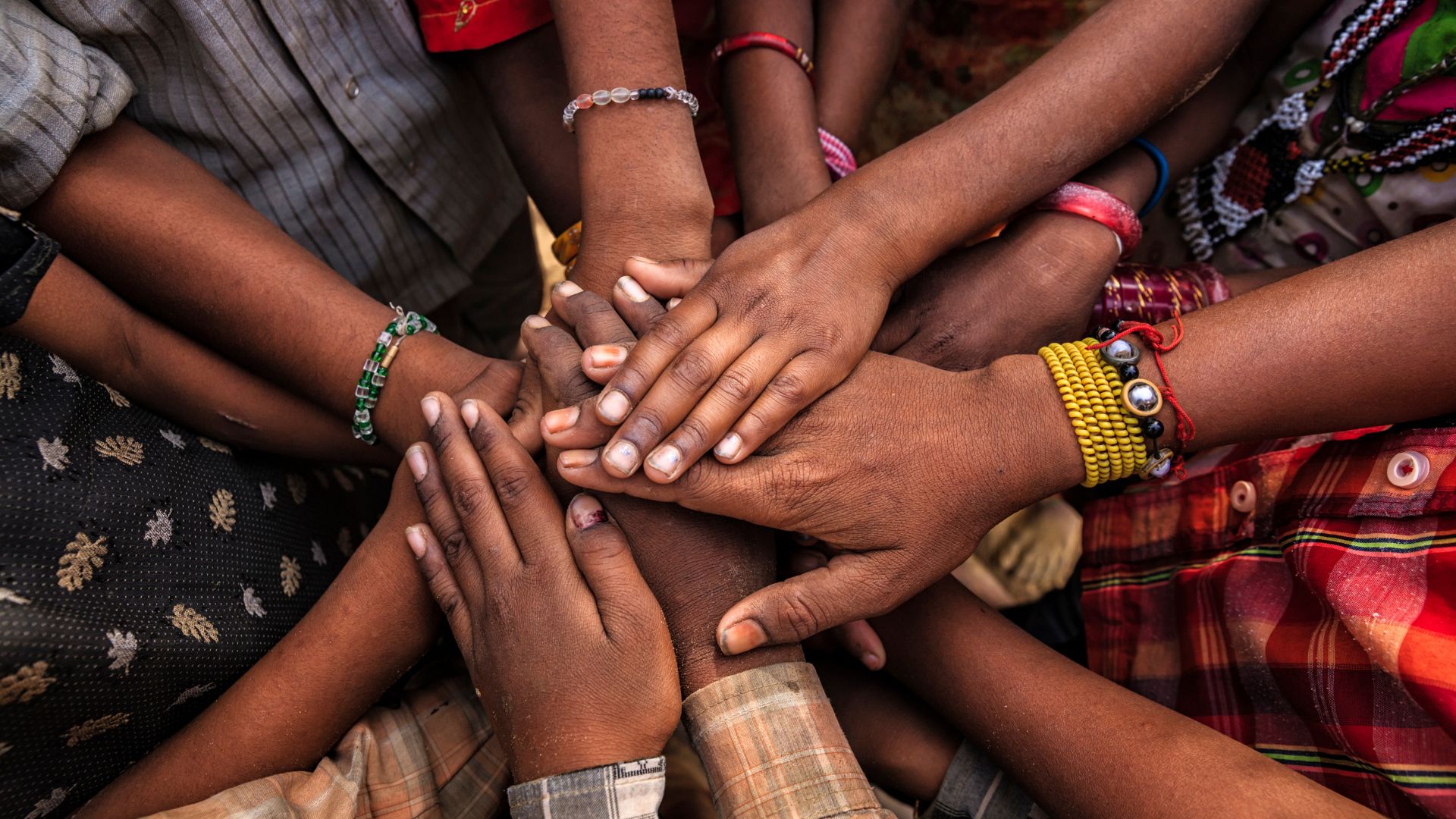- Shifting demographics are a lived reality in Africa, and the growth of the youth population should be approached analytically. Youth should be involved in decision making processes because they can provide intrinsically valuable input to the development and execution of policy, not simply because they are a growing demographic. While the statistics on the growth of the youth population are important, there is more value in acknowledging that instability and violence have disproportionately affected youth.
- A focus on youth is also justified by the fact that they are the future leaders shaping future peace. Today’s youth will be occupying national and international leadership roles in the future, and what they think and act on in the present has influence on future peace processes. Intergenerational dialogues are important for discussions of common threats and the ways in which blended knowledge and historical experience can inform collaboration and solutions.
- Youth identities are not monolithic. Gender, sexuality, ethnicity, nationality, socioeconomic background, and other identities all cut across youth identity. Certain groups, such as young women or LGBTQIA+ youth, face compounding levels of societal marginalization that adversely affect their wellbeing and thus deserve distinct attention and resources.
- Various narratives dominate the discussion around youth. The victimization narrative threatens to disempower youth and overlooks the reality of youth agency in local, national, international, and digital spaces. Unfortunately, many young people have internalized their marginalization and perceive themselves and their peers as heroic for joining violent extremist groups.
- Another narrative, that of youth as troublemakers, threatens to exclude youth from policymaking and peacebuilding dialogues. Rather than dismissively defining youth as troublemakers, governments and institutions should focus on understanding and ameliorating the conditions that may have induced youth to engage in criminal activities, violent conflict, or other destabilizing behaviours.
- On the occasions when youths are invited into dialogue with power brokers and decision makers, they may not have either the capacity or formal agenda to effectively leverage the dialogues for their own benefit. Notably, youth cannot be treated as “sounding boards,” wherein youth are given space to speak, but no role in follow up policy development or implementation.
- Countervailing narratives of youth should be promoted, wherein the role of youth as assets to society and peacebuilders reshapes the approaches that communities and governments take to addressing the challenges that youth face. Integrating the desires of youth for security and dignity, oftentimes through employment, with the overall enterprise of peacebuilding is paramount to the cultivation of sustainable peace.
